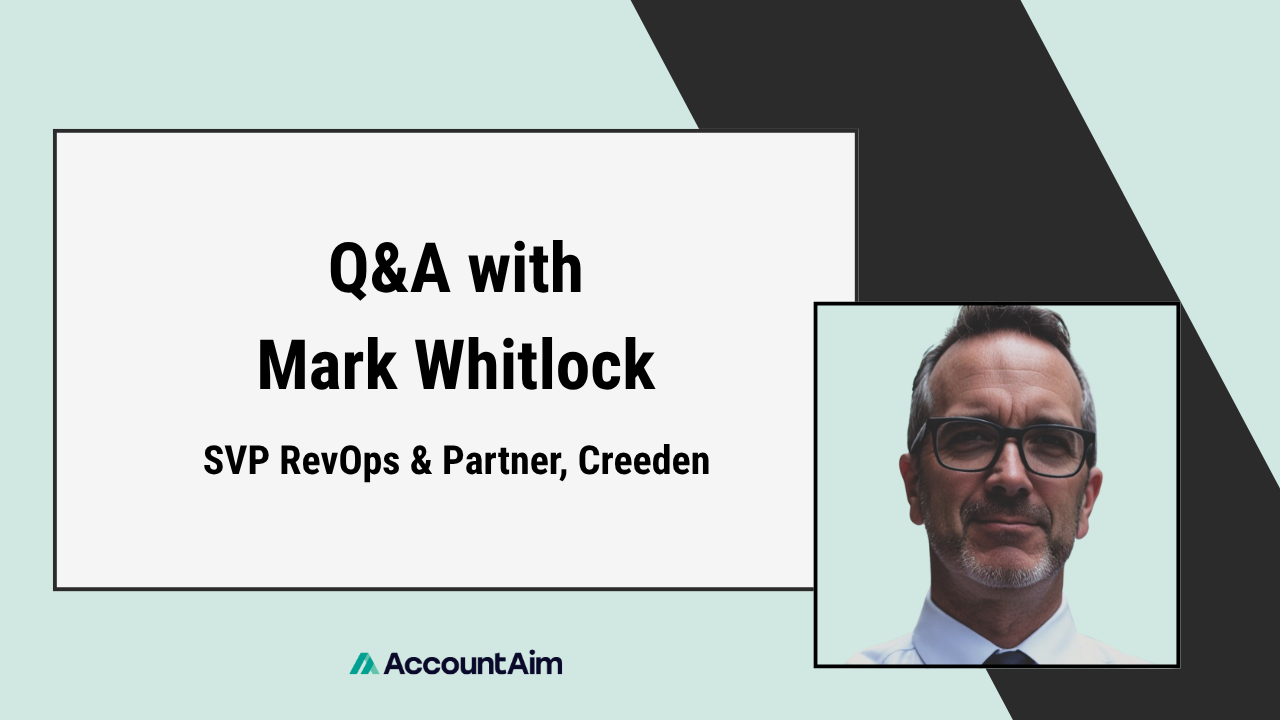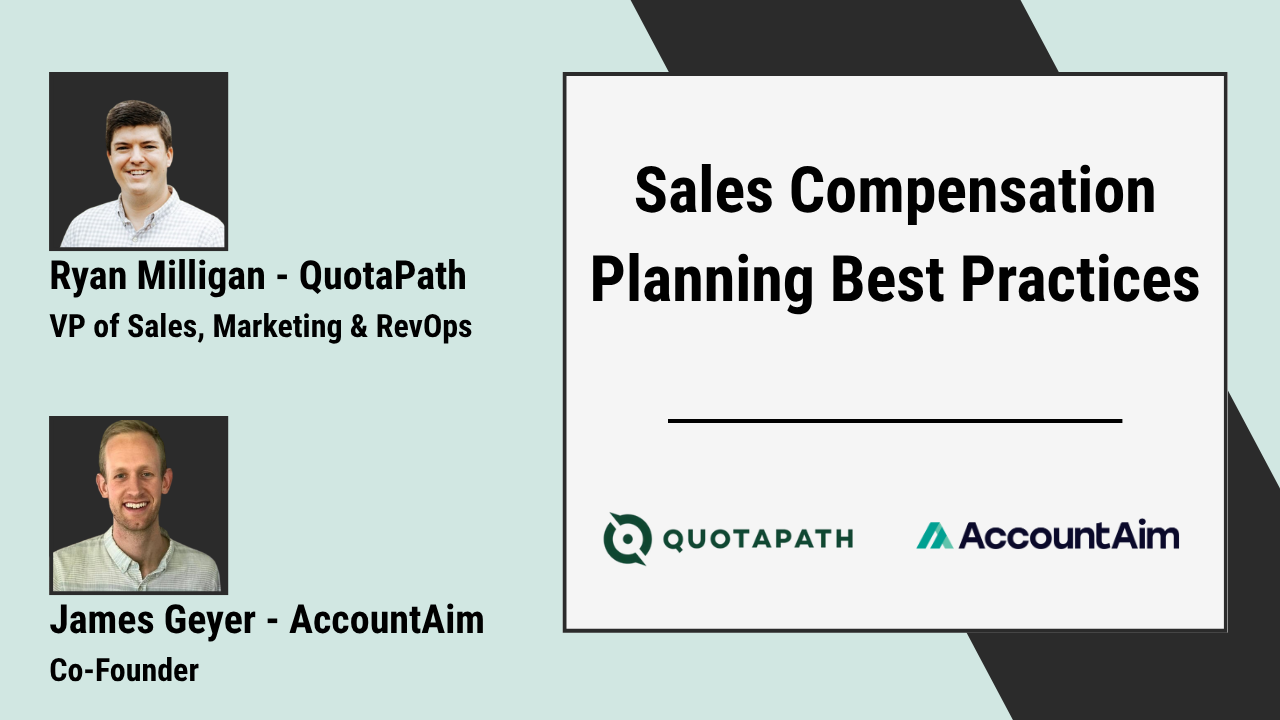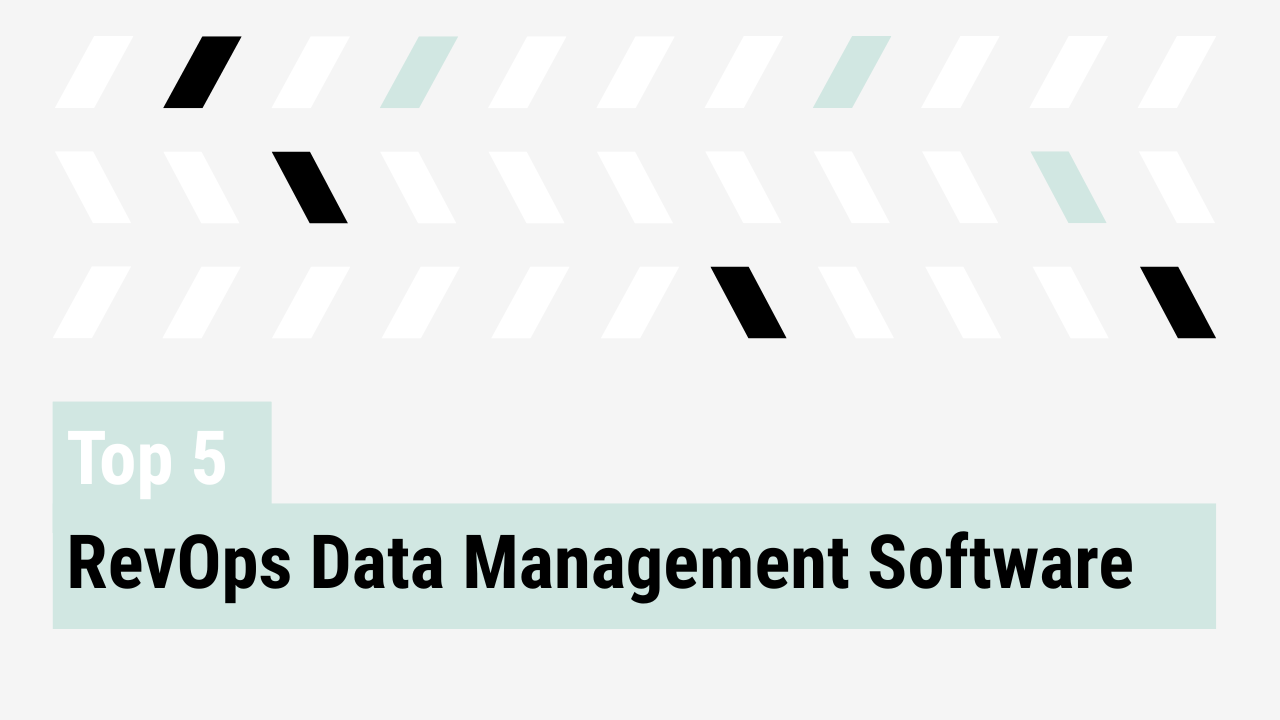Creeden’s Head of RevOps shares his approach to driving alignment, enabling change, and scaling responsibly in a traditional field sales environment.
Mark Whitlock (LinkedIn) didn’t come up through SaaS. He spent nearly two decades at Ace Hardware and Uline, leading supply chain, product, and systems initiatives before stepping into RevOps at Creeden, a B2B sales organization that works with both large manufacturers and independent hardware retailers.
Creeden isn’t your typical RevOps environment. It’s field-driven, human-centered, and rooted in relationships. But that’s precisely what makes Mark’s approach worth paying attention to. His work shows that RevOps isn’t confined to tech. It’s a business philosophy that can function in any setting where complexity meets growth.
We spoke with Mark about how he defines RevOps in a brick-and-mortar model, how he leads change in a legacy business, and why people remain at the center of everything.
How do you define RevOps, and what does it look like in a non-tech, brick-and-mortar context?
It’s about aligning the business to the customer experience and doing it in the most efficient, scalable way. That includes sales, systems, processes, and the back office. At Creeden, we’re not just managing tools. We’re making sure every function contributes to a clear and valuable customer journey.
“It’s very much about finding the frictionless approach to an ideal customer experience and efficiencies within the organization to make it at the most cost effective manner.”
How did your career in operations prepare you for leading RevOps at Creeden?
My background taught me how things work at a functional level, and how they break. I’ve managed product, supply chain, and IT implementations, and spent a lot of time fixing tactical issues. Stepping into RevOps gave me a way to elevate that work, not just solve problems, but connect those solutions to broader business goals.
Can you explain Creeden’s unique sales model and how it impacts your RevOps strategy?
We’re a two-step distributor. Our reps visit independent hardware stores daily, pitching programs that increase SKU penetration. When those programs work at the store level, we use that momentum to influence corporate buyers.
That means we operate on two fronts: enterprise data and analytics on one side, and local, relationship-driven field sales on the other. RevOps has to serve both, connecting insights across teams and enabling people to act on them.
What are some of the most impactful RevOps initiatives you’ve led at Creeden?
We started by documenting processes, not just for documentation’s sake, but to understand where things break down, where teams get frustrated, and what activities no longer serve the business.
“We’re just going through and documenting the processes, understanding where there’s frustration or friction between teams… Then it’s about eliminating, simplifying, and then automating.”
That’s been foundational. Before we invest in automation, we ask why the work is being done. And if it’s not needed, we cut it. We don’t layer systems on top of inefficiencies.
What strategies have helped you get buy-in from field reps and legacy teams during operational changes?
RevOps has to be sales-minded. That means showing how a change affects revenue, customer success, or individual performance. I don’t lead with, “Here’s a broken process.” I lead with, “Here’s how this helps you sell more.”
And I invest in relationships. I take people to lunch. I meet them where they are. If they don’t trust you, they won’t follow you, no matter how well designed your plan is.
How are you approaching change management, both from a systems and a human standpoint?
We’ve made change a company-wide theme. We’re spending the next two years building comfort with transition across systems, org structure, and personal development.
“We read Who Moved My Cheese as a company… It broke through the technical talk or the business talk to a very basic thing… and gave people a framework for thinking about change.”
We’re also investing in soft skills and emotional resilience. Automation will reduce task work. That gives us room to focus on human capability, communication, adaptability, and team development.
What role does accountability play in how you implement and measure RevOps success?
We have a clear rule: business teams must own what they ask for. If a team requests a system, they own its use and outcomes. IT supports the tools, but it doesn’t lead the initiative.
We define success before we start any project. Sometimes it’s cost or time savings. Other times it’s reduced friction. Either way, we move quickly, test, adjust, and avoid launching for the sake of activity.
What advice would you give to someone starting their RevOps career in a more traditional industry?
Don’t underestimate relationships. RevOps crosses silos, and trust is your most effective tool. Show up, listen, and build credibility before trying to drive change. You’ll make more progress with face time than with dashboards.
Go Deeper
If you enjoyed this Q&A, check out the full conversation with Mark Whitlock at YouTube or Spotify.
About AccountAim
AccountAim is the planning and analytics platform built for Strategic RevOps teams. With AccountAim, RevOps teams connect all of their fragmented GTM data, automatically snapshot and see trended changes over time, and build full-funnel reporting — all without SQL or data team support. Learn how Strategic RevOps teams use AccountAim to streamline forecasting, territories, cross-sells and more here.



